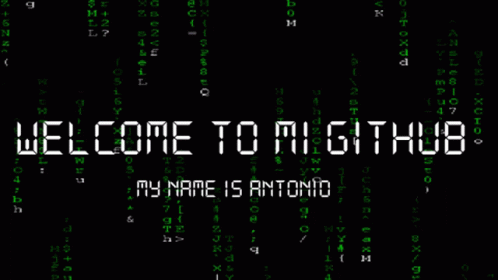
How to find Issues
14 June, 2023
1
1
0
Contributors
Introduction:
GitHub is a widely popular platform for collaborative software development, hosting millions of open-source projects. Whether you're a developer looking to contribute to an existing project or a beginner eager to gain hands-on experience, finding your first issue on GitHub is an excellent way to get involved. In this blog, we'll walk you through the process of finding and contributing to your first issue.
Let's Start:
Signup and explore GitHub1️⃣
If you haven't already, sign up for a GitHub account. Once you're logged in, take some time to familiarize yourself with the platform. GitHub provides a wide range of projects across various programming languages, so explore repositories that match your interests and skills.
Signup or Login on github.com
Identify an Interesting Repository2️⃣
To find a repository to contribute to, you can either search for specific projects or explore popular repositories based on your preferences. Use the search bar to look for keywords or topics that interest you. Alternatively, you can explore curated lists or recommendations from the GitHub community.


Choose a repository according to you.
Navigate to the "Issues" Section3️⃣
After selecting a repository, navigate to the repository's main page. Look for the "Issues" tab located near the top navigation bar and click on it. This will take you to the issue tracker of the repository, where you'll find a list of all the open issues.
 Filter and Sort Issues4️⃣
Filter and Sort Issues4️⃣
Once you're in the "Issues" section, you might encounter a long list of issues. To make it easier to find a suitable issue, utilize the filtering and sorting options. You can filter issues by labels, such as "good first issue" or "beginner-friendly," which are often used to identify issues suitable for newcomers. Additionally, you can sort issues based on their creation date or the number of comments they have received.

Select an Issue and Understand Its Scope5️⃣
Scan through the list of issues and click on one that catches your attention. Take your time to read the issue description, including any accompanying comments or discussions. It's important to understand the scope and requirements of the issue before you start working on it. Consider the programming languages, frameworks, or tools involved to ensure you are comfortable with the technology stack.
Claim the Issue and Start Contributing6️⃣
If you have found an issue you'd like to tackle, it's a good practice to let the project maintainers know that you're working on it. Comment on the issue stating your intention to contribute, and kindly ask if someone can assign it to you. This helps prevent duplication of efforts and ensures coordination within the project.
Conclusion
GitHub's issue tracking functionality provides a powerful platform for identifying and resolving problems within software development projects. By utilizing the exploration features, labels, milestones, filtering, search capabilities, discussions, and active participation, you can effectively find issues and contribute to their resolution.
Thanks for reading!
I hope you find this helpful and informative. support with ❤
Happy Coding and Contributing🙂
#blogathon #showwcase #GrowInCommunity #opensource #issues
Reach out me akanshachahal758@gmail.com
